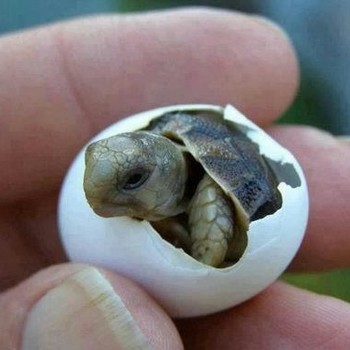A cone has a height of #12 cm# and its base has a radius of #8 cm#. If the cone is horizontally cut into two segments #4 cm# from the base, what would the surface area of the bottom segment be?
2 Answers
Explanation:
Apply the formula for the surface area (
Plug in the numbers and we get:
Which is approximately
You might think about this formula by imaging the products of an exploded (or unrolled) cylinder.
The cylinder would include three surfaces: a pair of identical circles of radii of
Now we find the area formula for each of the component:
Adding them to find an expression for the surface area of the cylinder:
Factor out
Notice that since each cylinder has two caps, there are two
Reference and Image Attributions:
Niemann, Bonnie, and Jen Kershaw. “Surface Area of Cylinders.” CK-12 Foundation, CK-12 Foundation, 8 Sept. 2016, www.ck12.org/geometry/surface-area-of-cylinders/lesson/Surface-Area-of-Cylinders-MSM7/?referrer=concept_details.
Explanation:
:.Pythagoras:
:.
:.S.A.
:.S.A.
:.Total S.A.
:.Pythagoras:
:.S.A. top part
S.A. top part
S.A. top part
S.A. top part
:.S.A. Bottom part
:.S.A. Bottom part


